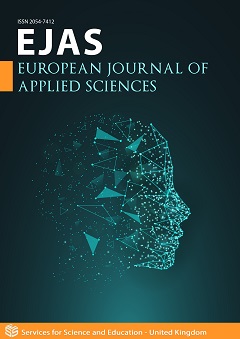Factors Contributing to the Social Exclusion of Secondary School Aged Youth
DOI:
https://doi.org/10.14738/aivp.112.14145Keywords:
Mental health problem, social exclusion, youth, inductive content analysisAbstract
The study describes secondary school nurses’, subject teachers’, special needs teachers’, study counsellors’ and school social workers’ (n=60) experiences of factors that contribute to the development of social exclusion in adolescents. The data were collected in Finland using an online survey tool in 2022 and analysed using inductive content analysis. Some factors associated with social exclusion of the adolescents concerned the youth themselves: problems with self-esteem, learning, emotional intelligence, mental health and intoxicants; while other factors concerned families: problems with family dynamics, interaction, mental health and socioeconomic issues. Inadequate support and mental health services were also mentioned by the participants. Mental health problems, especially depression, are relatively common in families and a major risk factor for the development of social exclusion. In addition, some of the other factors, for example problems in family dynamics, could be secondary, reflecting diagnosed or undiagnosed mental health problems. The risk of social exclusion is likely to increase if several of these factors are accumulated in a young person’s life, possibly passed on from the earlier generation and reinforced in the family home.
Downloads
Published
How to Cite
Issue
Section
License
Copyright (c) 2023 Mari Salminen-Tuomaala, Kaija Nissinen, Ari Haasio

This work is licensed under a Creative Commons Attribution 4.0 International License.






